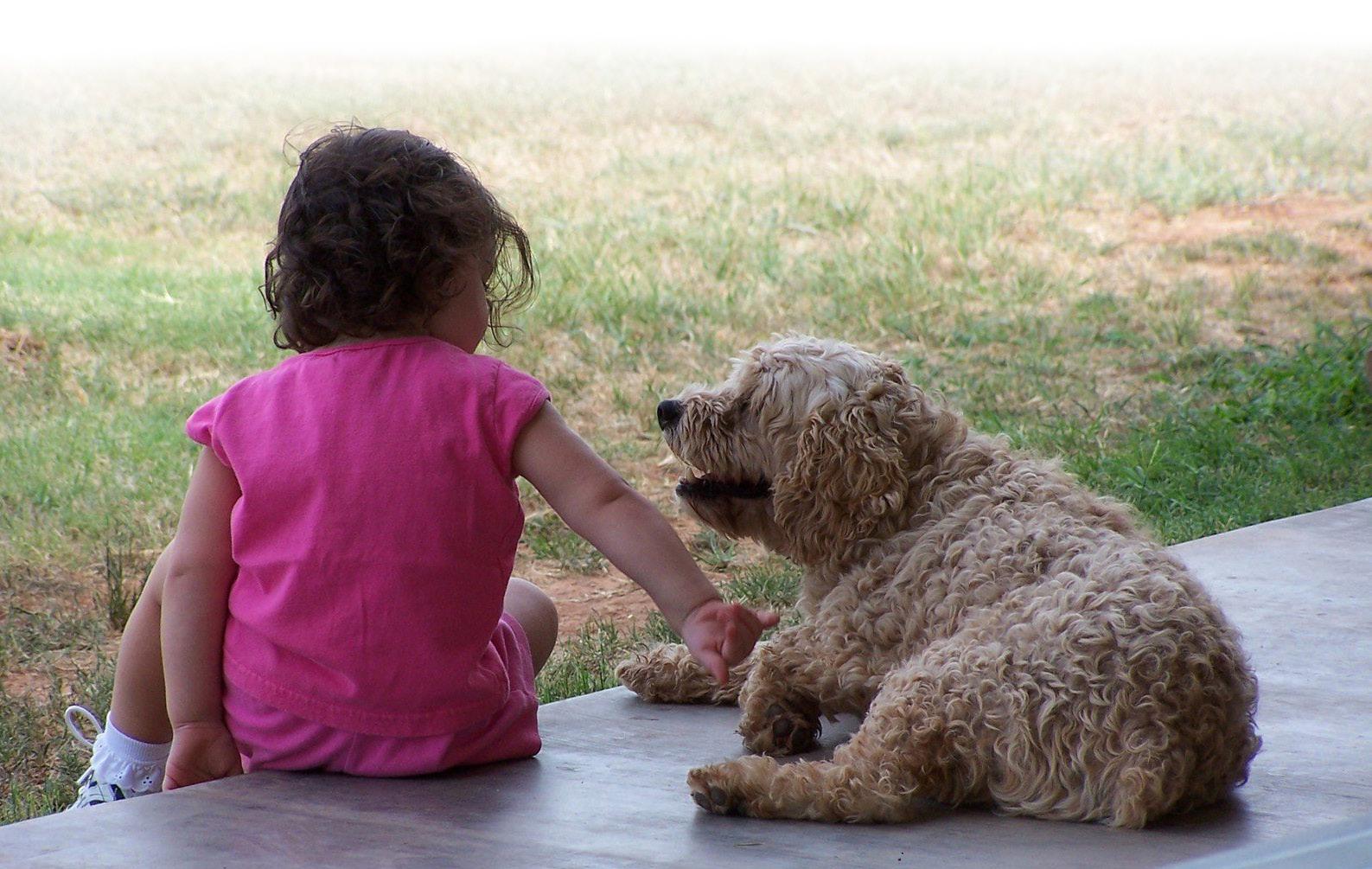
2 minute read
When is the Right Time to Welcome a Dog into the Family?
by Lauren Kehoe
Growing up, all dogs were the greatest! No matter the size, shape, color, I wanted to meet them all and sweep them up in a giant hug. The idea of all dogs having their own personality and different comfort levels with new people meant nothing; every face I looked into held a friend. Just because I loved all dogs doesn’t mean they all loved me. Though I managed to avoid being bit until later on in life, I was lucky. I lacked knowledge and experience to allow each dog their beingness, and can thank my parents for their diligence in watching over me and teaching me how to respect boundaries.
Advertisement
All dogs are individuals, with unique brains and exciting stories. Some dogs may thoroughly enjoy the affection of children, but assuming all dogs mirror this image can be dangerous and naive. Dogs give signs they are uncomfortable, some subtle and some more clear. Growling or fleeing are easily identified, though kids may need to be reminded how to respond accordingly. When a body stiffening or lip licking is difficult to spot by adults, it is nearly impossible to children. Even the most tolerant dog can be pushed to the point of a warning snap. The best way to ensure everyone’s safety is to supervise dogs and children, while trying to teach kids to be attentive to a dog’s body language from a young age.
The question of “When is my child old enough to get a dog?” arises often. If there is already a dog in the family, the best thing to do is monitor the two and separate if unable to do so. If not, when to get a pup is up to the parents and how much work they would like to put in to it. Even if a child is able to hear and comprehend instructions, their memory or willpower may not be steadfast. Being present as an interpreter or in between for dog and child communication helps both sides.
Lauren Kehoe is an avid animal lover and dog owner.
Puppies are commonly portrayed as blank slates, but they can be jumpy and mouthy with sharp nails and poor bite inhibition. Puppies and babies growing up together is a lot of work. Not all behavior quirks in dogs are learned, some are present from birth. Just as we can’t expect kids to be perfect around dogs, we cannot expect puppies to be perfect around children. Both are still learning about the world around them and themselves, and at times are on sensory overload. A puppy’s personality actually may be more unpredictable than an adult dog, as it continues to develop and change until they are about two years old.
Children and dogs can be great companions for each other. Overcautious is better than under, you can never keep them too safe. A child or dog may possess challenging traits, but the majority are manageable. It is okay to give the two breaks or repeat a safety measure. In the end, the bond that is formed is worth the extra effort.




